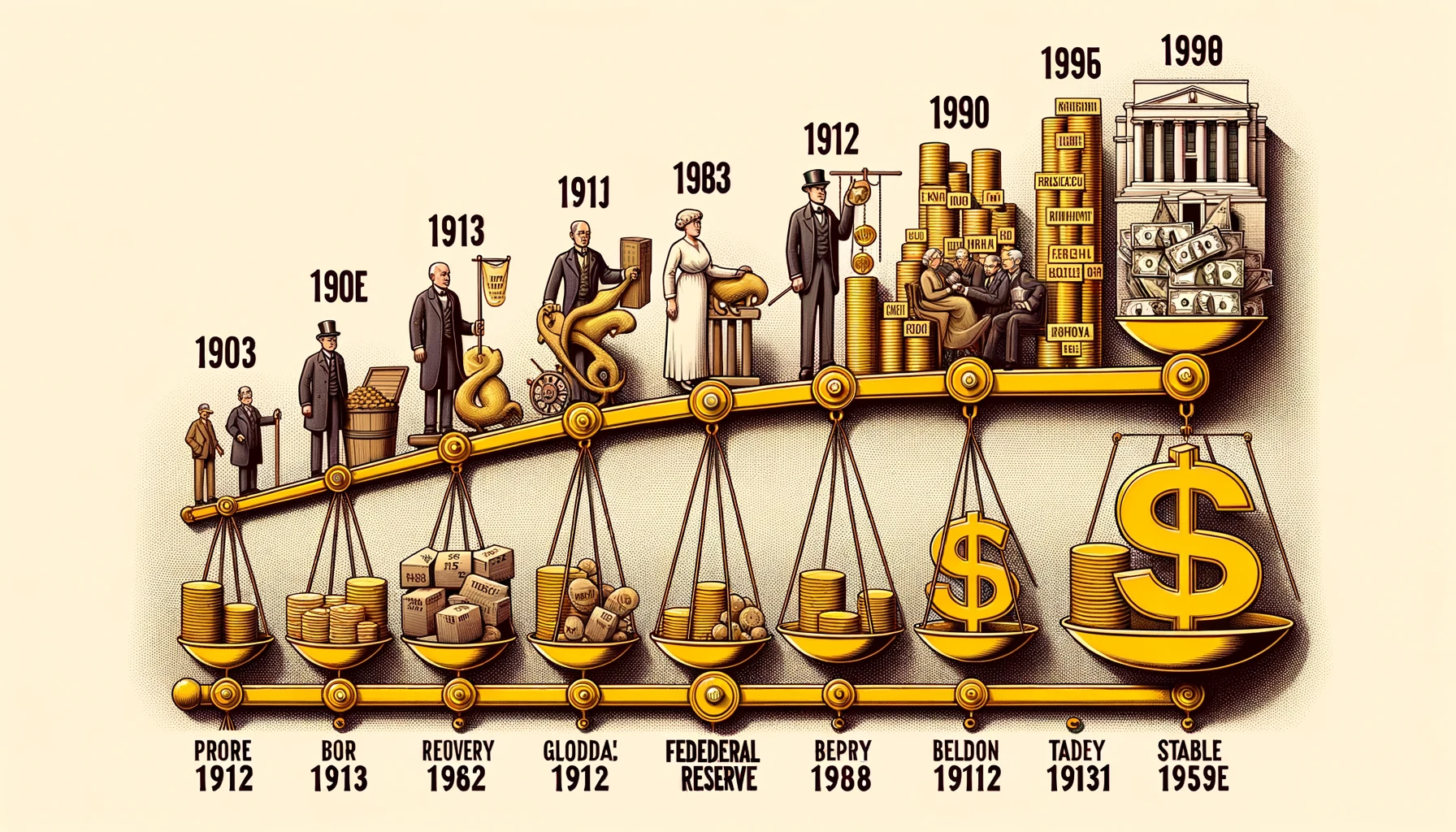A Century of Inflation: Tracing the Dollar's Eroding Value

In the grand tapestry of economic history, the U.S. dollar stands as one of the most influential and widely recognized currencies. However, its journey over the past century presents a narrative of diminishing purchasing power and an eroding trust in the monetary system. Since 1932, the cost of goods and services, when measured in terms of the dollar, has surged a staggering 23-fold. Such a shift prompts the question: what has caused this seismic change in value, and more critically, is such a system sustainable?
To comprehend this phenomenon, one must journey back to the era before 1913. For approximately 250 years, the U.S. experienced a period of remarkable price stability. The dollar's value remained consistent, and citizens enjoyed a level of predictability that bolstered both consumer and investor confidence. This economic stability was largely attributed to the gold standard, which anchored the dollar's value to a fixed quantity of gold.
However, the establishment of the Federal Reserve in 1913 marked a turning point. With the ability to influence monetary policy and control the money supply, the stage was set for the era of fiat currency — money that derives its value not from physical commodities but from the trust and credibility of the issuer. Over the subsequent decades, the combination of geopolitical events, economic policies, and shifts in global dynamics led to significant inflationary pressures.
The repercussions of such a system are manifold. Savers find their wealth eroded, businesses grapple with unpredictable costs, and the general public's trust in the monetary system wanes. One is compelled to ask: "Who the hell wants to live in a system like that?"
As we stand at this economic crossroads, it's essential to reflect on the past to chart a course for the future. Can the lessons of history guide us towards a more stable and equitable monetary system? Only time will tell.
